The busy clipping season is soon upon us and we are often being asked about which of the clippers in our range would suit certain requirements. One thing to take into consideration is the type of clipping owners are expecting to do. Not all horses will need to be fully clipped, depending on the horse’s workload, age, body condition, how the horse is kept and climate.
Before you start to clip your horse decide on what type of clip would be the most suitable. It is best to remove the least amount of coat, rather than too much. Otherwise you could end up spending a lot of time and money into trying to keep your horse warm in the colder months with extra feed, rugs and stabling time. Clipping is not just for aesthetics!
Clips for occasional or light work
Below are examples of clips that are ideal for horses and ponies in light work or occasional work that may live in or out. They are also suitable for horses that may feel the cold or struggles to hold body condition. Rugging may be necessary if the horse or pony is not particularly hardy, needs to maintain body condition or elderly.
|
|
Bib ClipSimple clip running down underside of the neck to between the front legs |
 |
Neck and belly clipThe same as the bib clip but extending between the forelegs to include the belly and also under the jaw. |
 |
Apron ClipThe same as the bib clip but includes clipping a little further to the girth area and the top of the forelegs. |
 |
Neck and belly plus top of the forelegsAs neck and belly but includes the top of the forelegs, as in the Apron clip. – ideal for horses that sweat in this area even in the lightest of work and those that get very muddy in under the girth area to facilitate grooming before being ridden. |
Clips for Light Work
These clips are ideal for equines in regular light work. These clips will require the horse to be rugged to compensate for the removal of coat, unless the weather is particularly mild. The clips for horses in light work remove the hair from the areas that sweat the most but retain much of the coat to keep the horse warm.
|
|
Irish ClipForming a soft diagonal line from the horse’s jaw to the middle of the underbelly, and includes the clipping the top of the forelegs and between the forelegs removing most of the hair from the belly. |
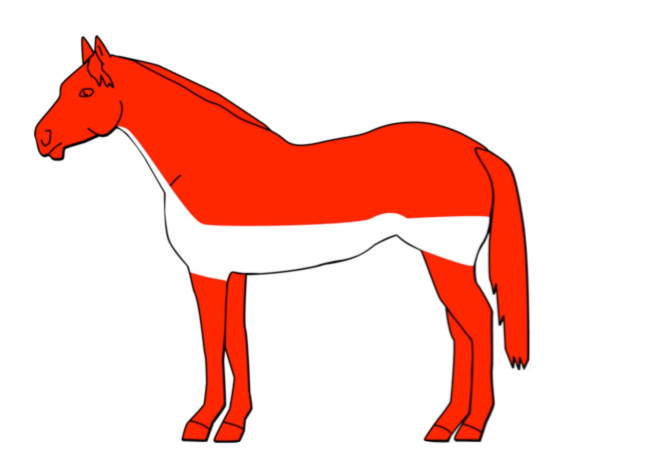 |
Low TraceSimilar to the apron clip but extends along the belly in a low line to include the top and around the back of the hind legs. A little curve is cut in where the hair swirls on the flanks. This is a popular clip, originally developed by carriage drivers to follow the lines of the traces from the carriage harness. |
Moderate Work
This clip is suitable for horses in regular work that are stabled at night. Horses living out all year round would benefit from retaining much more of their coat. These clips will always require the horse to be rugged.
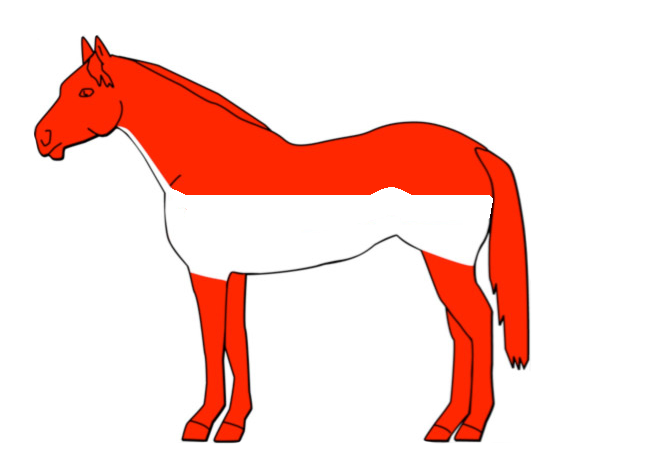 |
Medium traceAs the low trace, but with the line of the clip being higher up towards the mid-section of the horse’s body. Occasionally the medium trace will include clipping the lower half of the horse’s head as well. |
Moderate to fast work
Suitable for horses in regular, steady work and occasional fast work for winter competitions etc. Horses with this clip are generally stable kept with just a few hours of turnout in good weather per day. Rugging is essential for this clip and will require a variety of rugs as the horse will not be able to maintain his own body temperature. Extra rugs will be required if the weather conditions are very bad.
 |
High trace clipAs the medium trace clip, only the clip line is higher up the body over the mid-section. |
Hard/Fast work
For horses that are in regular hard work such as regular competitions, hunting, eventing etc. Horses with these clips require the same level of rugging as the moderate working horses. Horses in hard work may not generally be turned out during the day, but would need to be kept from the elements if they do have a limited time of turnout. Rugs with neck covers are ideal.
 |
Chaser clipOriginally used for steeplechase horses. Similar to the medium trace clip but more of the neck is clipped including the full head and ears. |
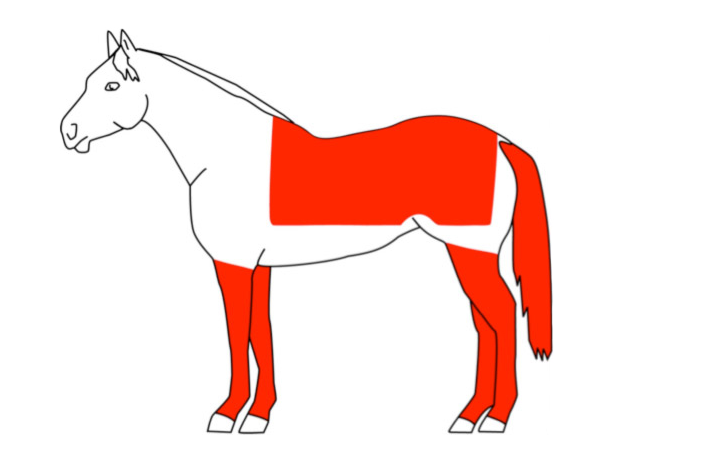 |
Blanket ClipSimilar the chaser clip but with the neck completely clipped out. The head may be half clipped or fully clipped. |
Very hard work
Horses in regular, fast competition work, racing or regularly hunting. These horses are usually stabled full time and may require an exercise sheet when taken for exersize. If turned out, they will need a neck cover with their rug, even in mild weather. Horses with these clips need to be carefully monitored for body condition to ensure they are not losing energy though just trying to keep warm.
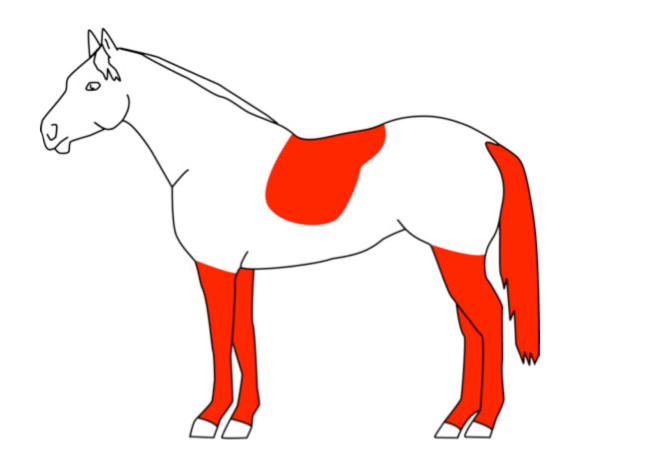 |
Hunter clipThe coat on the body is removed leaving just a saddle shaped outline in the saddle area and an inverted v-shape above the tail. The mane may also be hogged. The legs are left unclipped to give a bit of protection when jumping. |
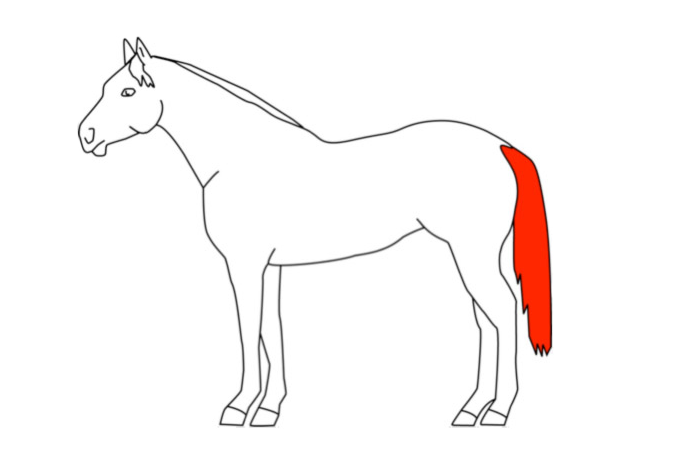 |
Full clipThe whole body, head and full legs are clipped. This clip is favoured in the spring for competition horses that are high end competing. |



